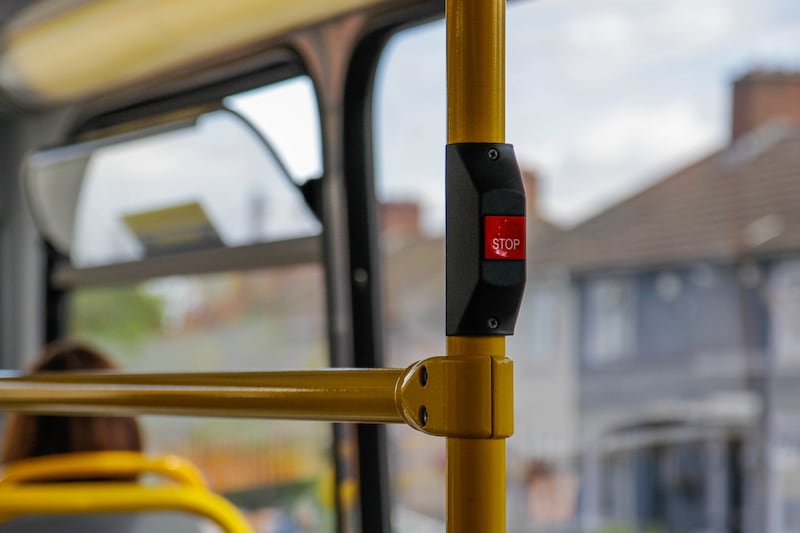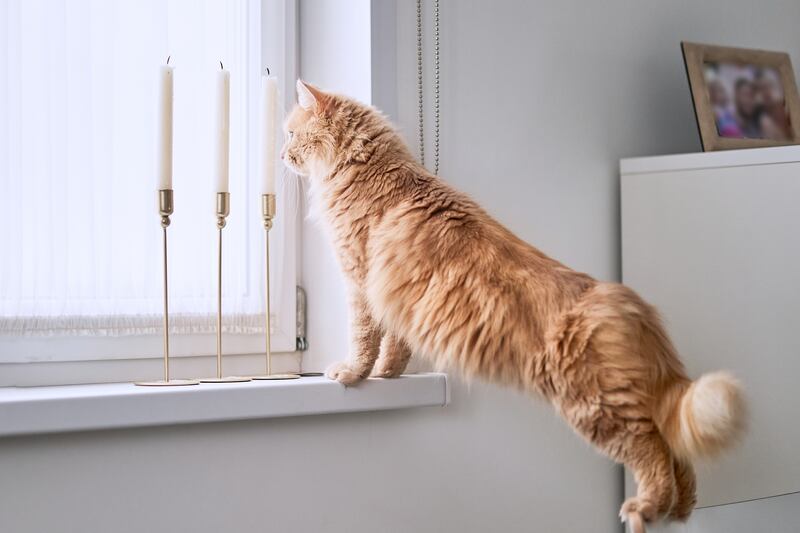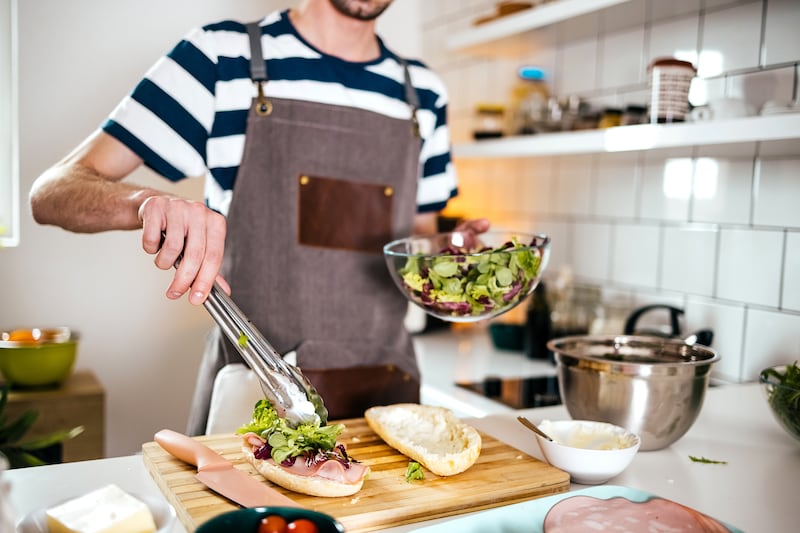You always remember your first race riot. I was 14, and about to start summer holidays, when it all kicked off in Cronulla, a beachside suburb of Sydney that became shorthand for Australia’s collective shame.
It was December 2005, and a fight had broken out on the beach between off-duty lifesavers and a group of young Middle Eastern men – false reports circulated that they had been sexually harassing young girls. One radio shock jock described the men as “grubs” and said that “Lebanese males in their vast numbers” were raping and pillaging the “nation that’s taken them in”. Nokias pinged across Sydney with texts asking every Aussie to “get down to North Cronulla to help support Leb bashing day... Let’s show them that this is our beach”.
The following Sunday 5,000 people, many shirtless and draped in Australian flags, turned up for two days of violence. Anyone who looked vaguely “brown” became a target for attack. Innocent beachgoers were pelted with glass bottles and a young girl was chased by a group of men attempting to rip off her hijab on one of the darkest days in Australia’s history.
My friends weren’t allowed to go to the beach that summer. It was because they were mostly Lebanese, Greek, Italian or, really, anything that a drunk group in the distance could mistake for Middle Eastern. This was around the same time that girls were told to stay away from “Muslim” boys because they “didn’t respect you” and would rape you – all because of one horrific court case years earlier.
Dublin Bus drivers are practised in the art of soundness. Sydney could learn from them
Brianna Parkins: ‘The cat popped into my life when grief had knocked me off my feet’
I feel like I’ve hit the lottery with my partner: I make the money, he makes me lunches
My exam marks or a fancy university didn’t get me into the career I love
I remembered all this watching a video of a protester in Ballymun tell a crowd that the asylum seekers arriving in their part of north Dublin were “400 men from God knows where... They come from countries where women are property”. He also mentioned reports of young girls and a pregnant woman being harassed in the community.
The fear of foreign men, concerns for local girls and reliance on unverified reports sounded scarily familiar. The protests in Ballymun and East Wall against asylum seeker accommodation don’t represent Ireland as a whole – and we could try to explain them away all day as stirred up by anti-immigration groups and misinformation – but people don’t wake up one day and suddenly decide to hate people they’ve never met.
Working-class communities in cities are usually at the coalface of multiculturalism and are the ones putting in the work to live alongside each other in peace
So we have to examine what issues might be simmering, unaddressed, beneath the protests.
In my experience, the fear and hatred usually start from a vague feeling of having been hard done by. People who can’t seem to get ahead. Who feel they have been given the scraps of government resources and fear they’ll have to stretch even further to share with newcomers. Things such as underfunded and overcrowded state schools, hospitals with not enough beds or staff and five-or-10-year waiting lists for public housing. Add higher crime rates, safety fears and a lack of public amenities and you have people at breaking point. At the Dublin protests, multiple people claimed they were “being treated as second-class citizens” in their own country. That didn’t start the day the buses arrived.
Where I grew up, more than 70 per cent of us had two parents born abroad. We were also one of the most socioeconomically disadvantaged areas of Sydney. Working-class communities in cities are usually at the coalface of multiculturalism and are the ones putting in the work to live alongside each other in peace. The suburbs are cheaper to live in and in the past were close to manufacturing hubs where you could find decently paid work without too much hassle – my Irish mum came to western Sydney for the same reason my Lebanese friend’s mum did: her parents could get jobs, afford a house and start building their new life.
If we ignore these protesters, or write them off as a fringe few without understanding how we got here as a nation, we do so at our own dangerous risk
We all lived side by side, and sometimes there were pockets of friction. Truthfully, I probably had views on immigration and race as a kid that I would be horrified by now. I am grateful that I belong to a generation in western Sydney where children began to mix, hang out and, as time went on, fall in love and marry each other. I had the chance to grow up and cop on while I was still young. My community today is healed in some parts and scarred in others. We have a long way to go.
Australia and its powerful economy were built by immigration. As a country we have had to have open uncomfortable conversations with ourselves about our internal racism when we examine issues around asylum seekers. Sometimes it’s downright ugly. Questions around Australia’s ability to sustain immigration levels devolved into the “F**k Off We’re Full” decals that some people feel is appropriate to slap on their cars. Hate and fear distilled in bumper-sticker form.
In Ireland, today’s vulnerable asylum seekers are being unfairly punished for past government failures. There is no excuse for intimidating people outside their accommodation. But if we ignore these protesters, or write them off as a fringe few without understanding how we got here as a nation, we do so at our own dangerous risk.





